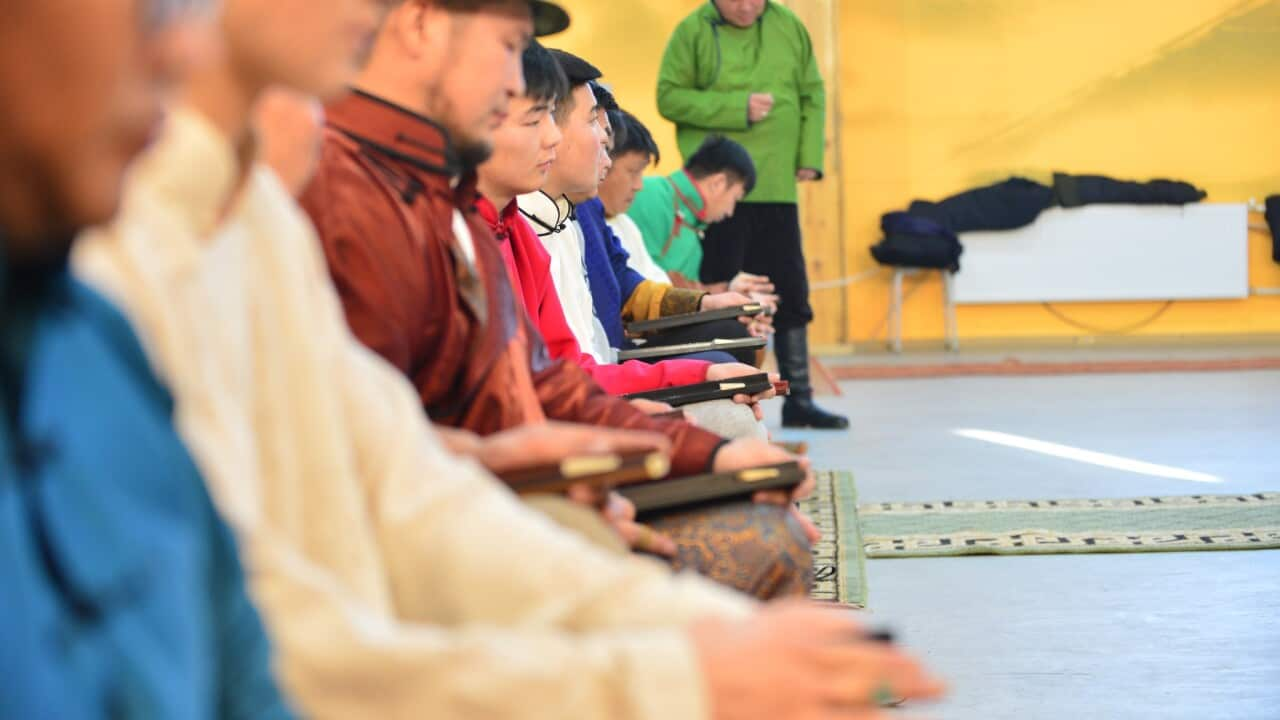Key Points
- Mongolian knuckle-bone shooting is recognised on UNESCO’s list of Intangible Cultural Heritage of Humanity.
- A sporting association organises weekly games in Sydney and other major Australian cities.
- Community members say the sport contributes positively to their mental health.
He likened the team game — in which players use a smooth wooden surface to flick small marble tablets towards a target of ‘knuckle bones’ nearly five metres away — to a form of meditation, noting that even a slight loss of focus can have a detrimental effect.
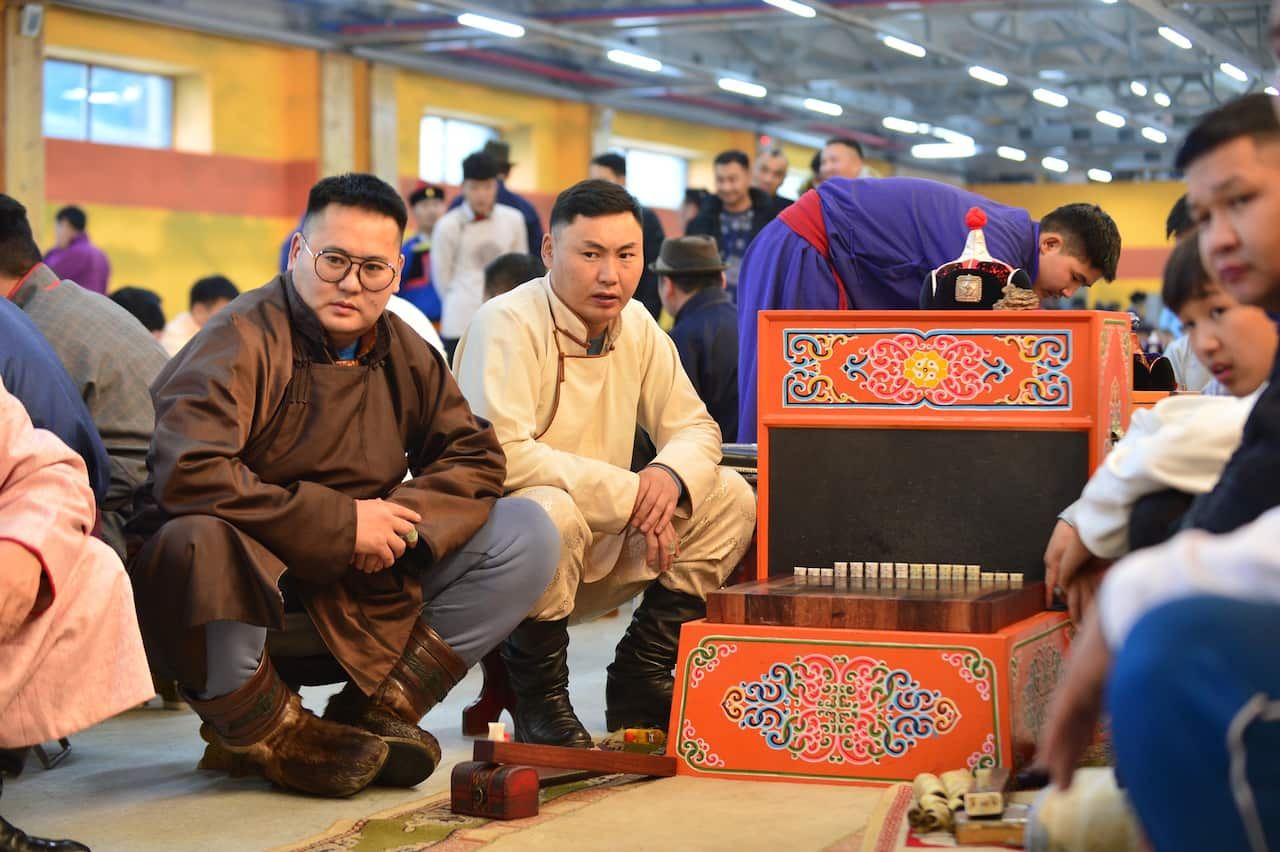
Mongolian knuckle-bone shooting games can last for several hours and require focus and precision. Credit: N Batbyar/Mongolian Knuckle-Bone Shooting Association Australia
Depending on the number of teams, a full game may last up to 10 hours. Jamiyan said the extended playing time helped relax both the body and mind, especially after a hard week of study.
What is Mongolian knuckle-bone shooting?
Over time, this traditional game evolved into one of the four major sports in Mongolia, alongside horse racing, archery and wrestling.
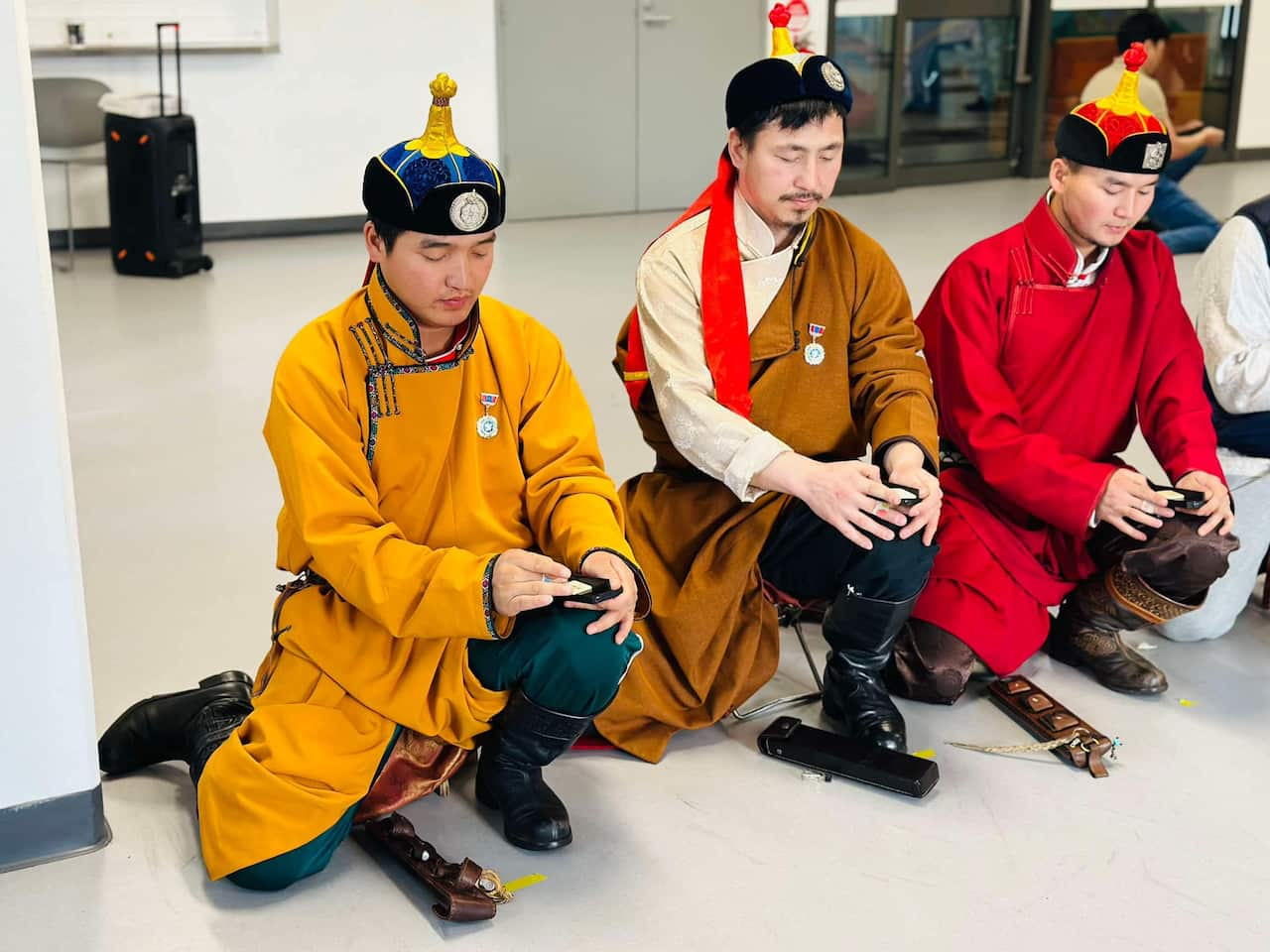
The sport can be traced back to at least the 12th century. Credit: Mongolian Knuckle-Bone Shooting Association Australia
Today, it is practised around the world, driven by a growing Mongolian diaspora.
However, Mongolian Ambassador Davaasuren Damdinsuren recently told SBS News there could be as many as 20,000 Mongolians in Australia, with a large number here on student visas.
‘Fostering community’
Chimeddavaa is the head of the Australian branch of the Mongolian Knuckle-Bone Shooting Association, which formed five years ago.
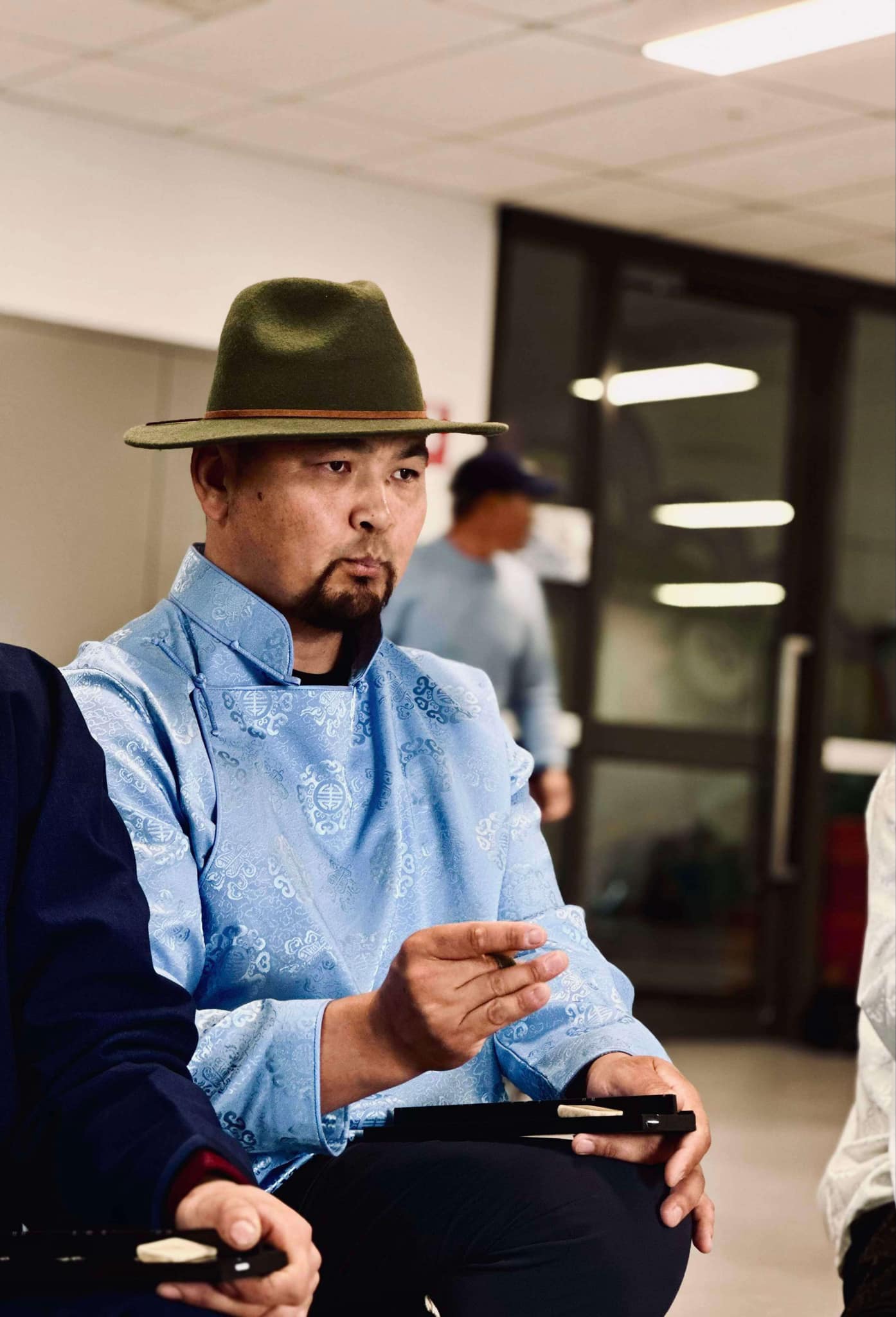
Gerelt-Od Chimeddavaa describes knuckle-bone shooting as a ‘spiritual’ pursuit. Credit: Gerelt-Od Chimeddavaa
He first moved to Sydney in 2016 and began playing in 2021, quickly becoming captivated.
“Members in Australia come together every weekend to play, fostering community and tradition in cities across the country,” he said.
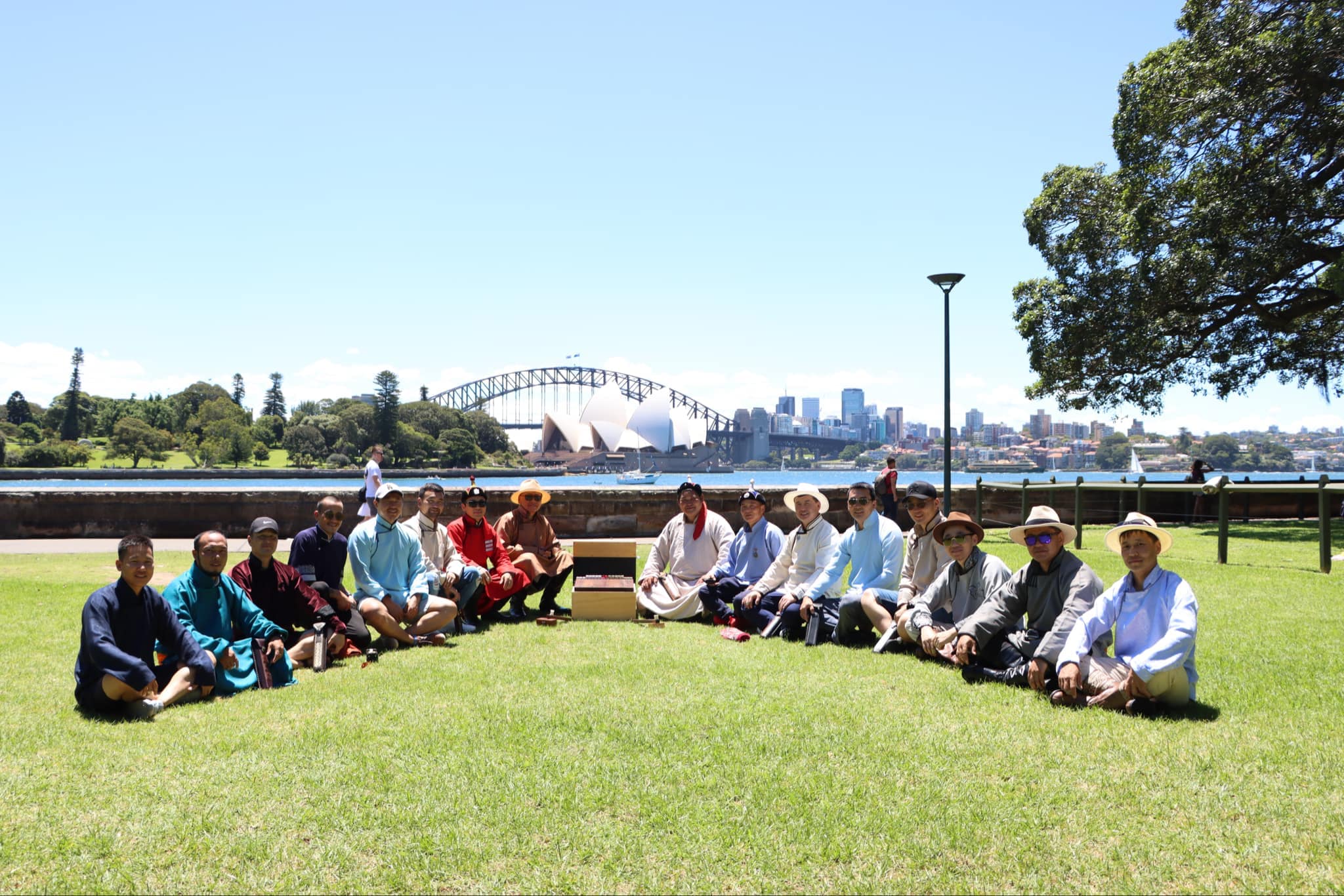
The Australian branch of the Mongolian Knuckle-Bone Shooting Association was established five years ago. Credit: Mongolian Knuckle-Bone Shooting Association Australia
“The game provides much-needed mental support as they navigate the challenges of adapting to a new culture and managing their (lives) in (a) new country.”
Spirituality and brotherhood
The target bone, known as ‘khasaa’, is about the size of a standard dice and can be made from amber, tusk or horn bone. In modern times, plastic is also used.
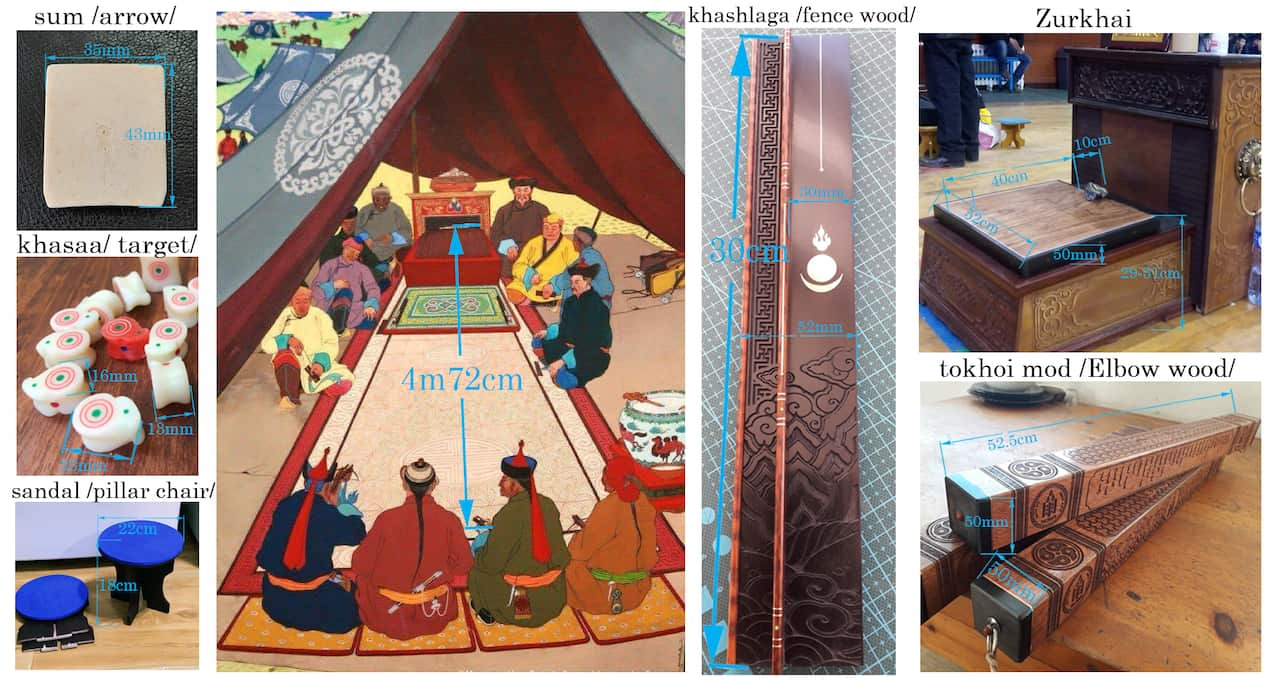
The essential equipment, measurements, and distances used in the game. Credit: Mongolian Knuckle-Bone Shooting Association Australia
The arrow, also called ‘sum’, used for flicking, is made from naturally fallen deer antlers.
Each team consists of six main players and two stand-bys. Players sit on customised chairs, adjusted to their body sizes, and use a wooden fence rail, or ‘khashlaga’, to flick the tablets towards the target.
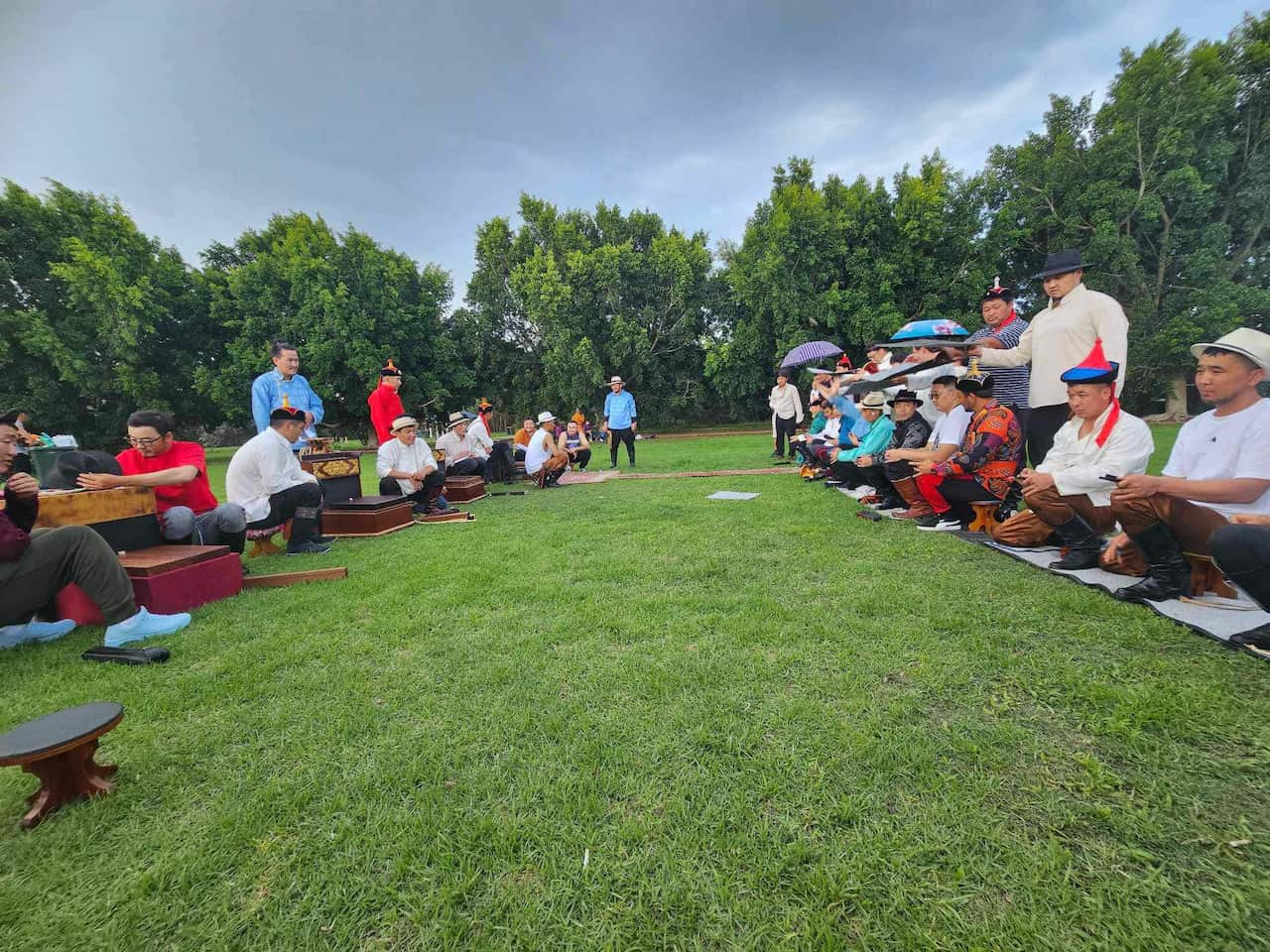
Mongolians play knuckle-bone shooting while celebrating the Naadam Festival in Sydney. Credit: Mongolian Knuckle-Bone Shooting Association Australia
Each shot is followed by a song known as ‘uukhai’. Teams use harmonious chanting to motivate their shooters, while opponents make abrupt sounds to distract them, though never using rude words.
Chimeddavaa said the sport taught and the ‘art of focus’ and emphasised the deep attachments many people formed to the game.
To me, this is more than just a game — it’s a spiritual experience. It requires deep focus, reflection, and careful thought. Once you start to feel this connection, it becomes a way of life.
Gerelt-Od Chimeddavaa, head of the Mongolian Knuckle-Bone Shooting Association Australia
Enkhjargal Adiya, the secretary of the Mongolian Knuckle-Bone Shooting Association, said the sport was based on intelligence, not physical strength.
Ganhuyag Gongorjav, who has lived in Australia for more than 20 years and now calls Brisbane home, also hailed the sport’s connective powers.
“The tradition brings team members from different backgrounds closer together, encourages their interaction and respect towards elders and one another, and improves their social cohesion and teaches young team members about team play, social wellbeing and mental stability,” he said.
Challenges for new players
“For me, this game is a unique experience, completely different from anything I usually play. It felt refreshing, with no stress at all,” Kenmure said.
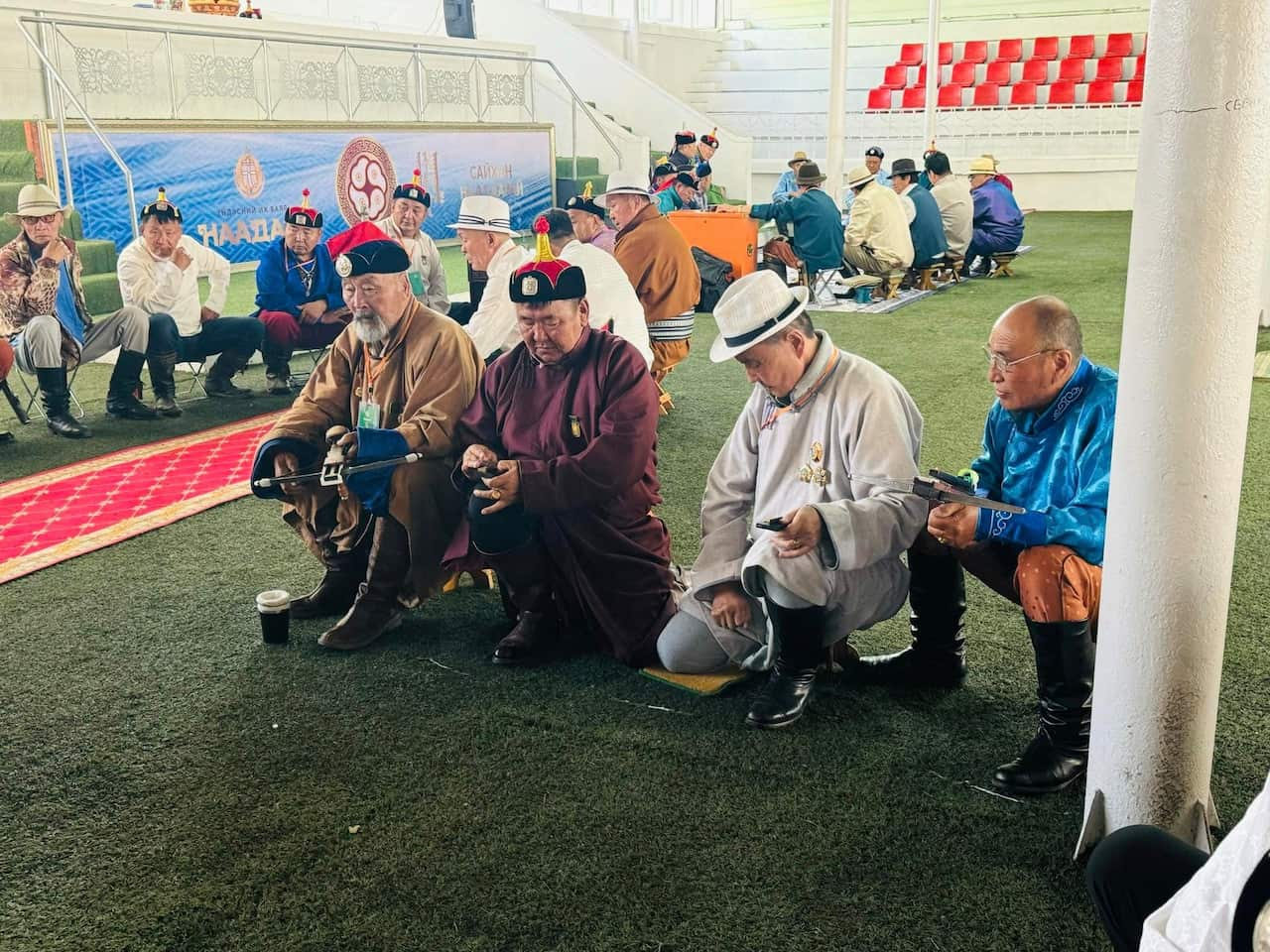
The sport is played by men from a wide range of ages and backgrounds. Credit: Mongolian Knuckle-Bone Shooting Association Australia
Although the game seems simple, it is far from easy. Beginners often struggle to flick the bone even halfway to the target, with it landing at their feet instead.
According to Chimeddavaa, one can only master the sport with consistent practice, proper technique and strong focus.
